Useful tools for APQS George machines
Just because you may not have the space for a traditional longarm doesn’t mean you can’t have most of the advantages of one. The APQS George sit-down machine takes up no more room than a comfy recliner—both of which will bring you years of relaxation and pleasure.
George shares the same 22-inch throat size as the popular APQS Lenni stand-up longarm system. When combined with a generous 24” x 60” table, there’s plenty of room to quilt everything from wall hangings to large bed quilts.
I admit that a stand-up system offers the big advantage of not having to baste quilt layers together. Of all the prep work that goes into preparing to quilt on a sit-down machine, I think the basting process is at the top of everyone’s “naughty” list. However, you’ll find many different products to help make the process easy.
Pin basting was never a joy for me…it was one of the big reasons I bought a longarm in the first place. And the older I get, safety pins get harder and harder to open and close. When Clover announced these “one-handed” safety pins, I rushed out to buy a pack to see if they truly live up to the hype.
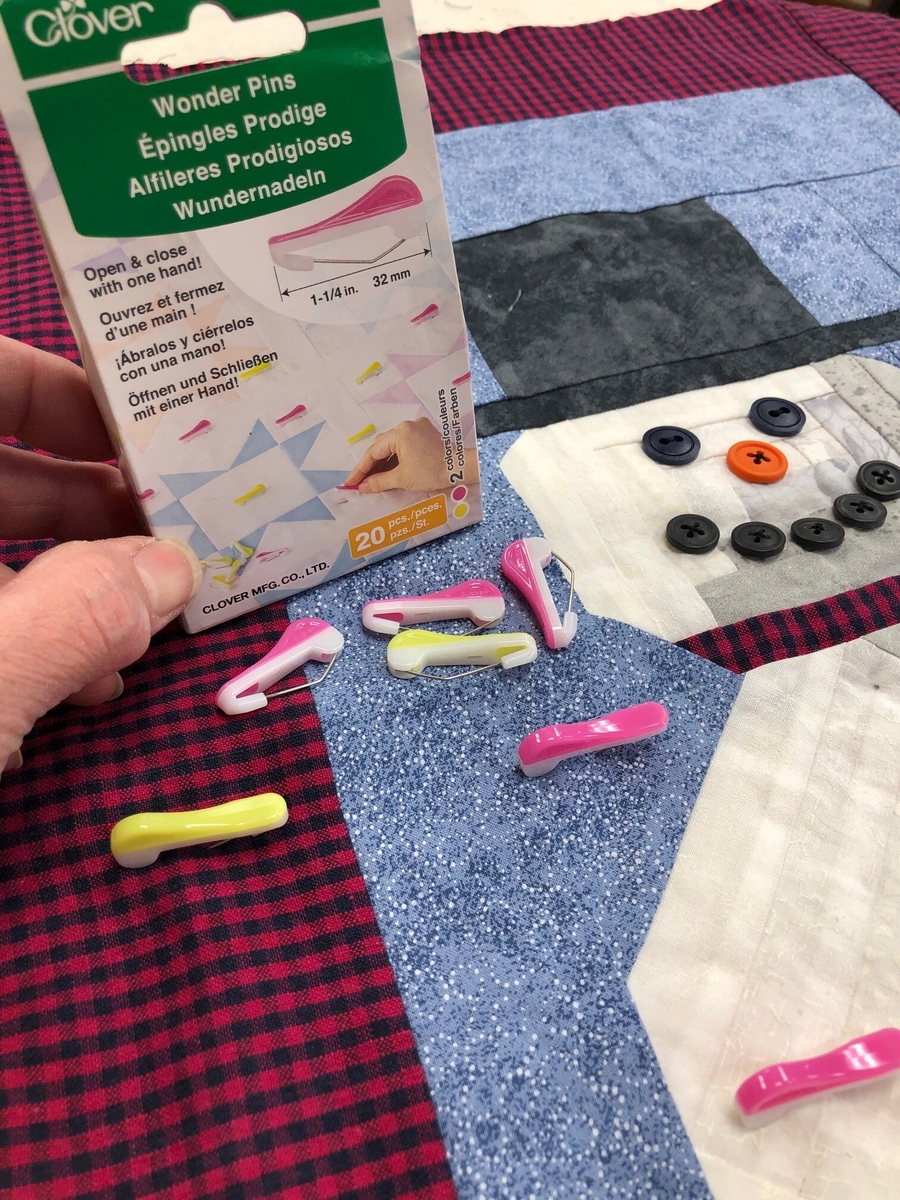
I was amazed at how easily they worked, and I was able to open AND close them with one hand. They have a bend in the pin, like traditional curved safety pins. But the difference is in the latching mechanism and the large, tapered handle.
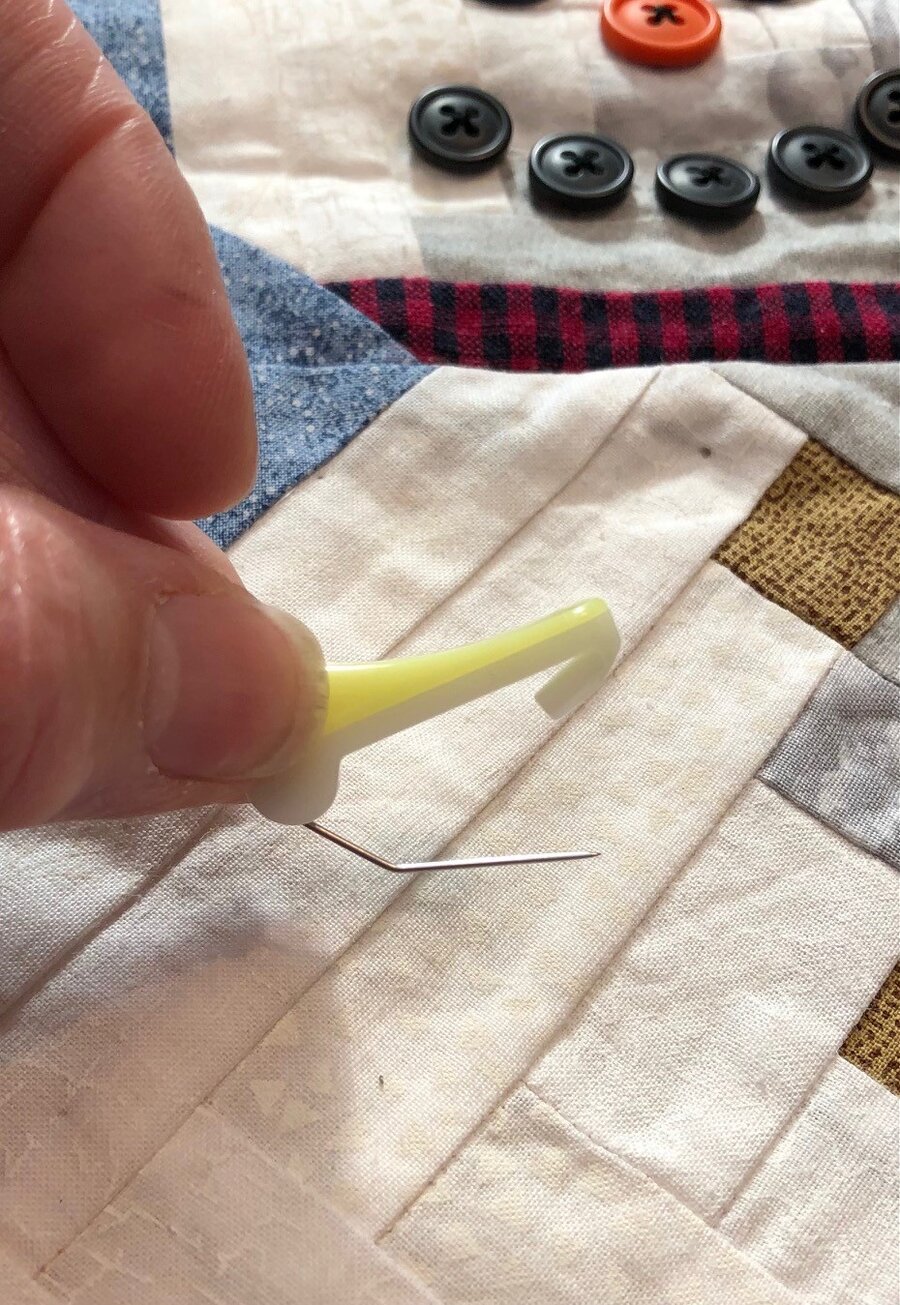
It took a few practice stabs to get the hang of things—I had to remind myself to grab that thicker end more than once. But it didn’t take long to get a rhythm going. Once I pierced the quilt layers with the pin tip to take a “bite” in the quilt, I just had to tip the pin upward so the bend rested on my table and the pin tip was up off the quilt. Then I pushed down on the top and the pin tip snapped into place.
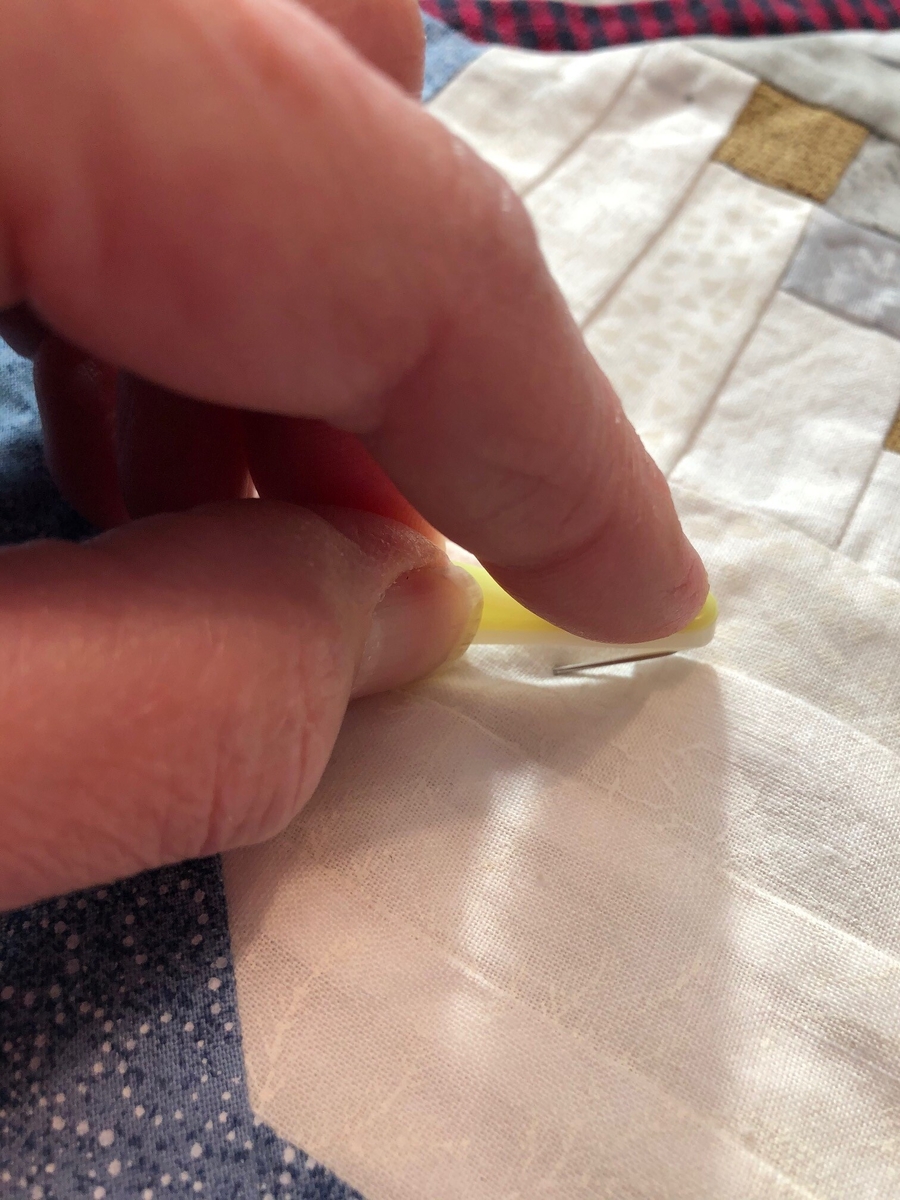
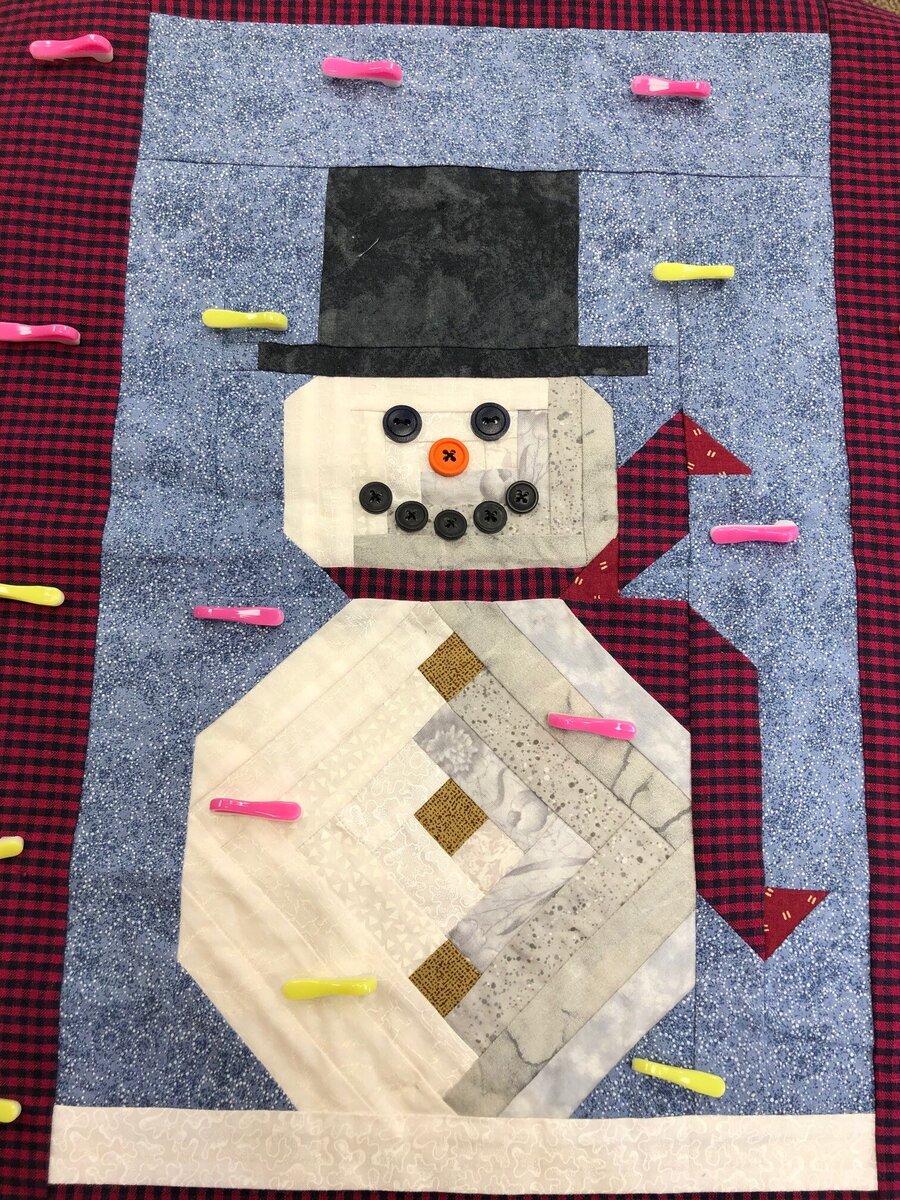
It was just as easy to remove them with only one hand—as long as I remembered to angle the pin up slightly so that the bend or “elbow” rested on my table when I pushed down on the pin and gave it slight twist to release the tip. No more sore fingers!
If you don’t want to even fool around with pins, you’ll find several different fusible batting products available—just layer your quilt, then press each side with an iron. Light adhesive on the batting activates with heat. This works great for small and medium quilts; but if you’re choosing this to save time, you might find that pinning becomes just as fast for larger quilts.
Temporary spray basting products work similarly. You spray the aerosol on to your batting, then position the quilt top over it. Odif’s 505 Quilt Basting Spray is safe for fabric and batting, is odorless and colorless, and most importantly, it will not gum up your needle. The bond lasts 4-6 months, so it’s great for procrastinating quilters. It can be washed out when the project is complete.
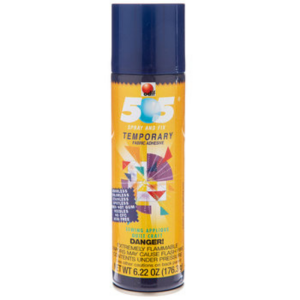
Another difference between a stand up longarm and a sit-down version is what moves and what stays put. With a stand-up frame, the quilt is stationary and the machine moves across it, but the quilt does the moving on a sit-down system. To help the heavy quilt layers move freely across the table, you’ll want to create friction between your hands and the quilt’s surface, but reduce friction between the quilt back and the table. You’ll discover lots of options for adding friction between your hands and the quilt top—everything from rubber sorting fingertips to hoops and friction pads. Oh, to have Spider-Man hands!
Gloves are a popular option—especially those with rubberized fingertips. Several different brands cater to quilters, including Machingers, Grabaroo’s and more. Even gardening gloves with rubber palms or fingertips can work. Gloves are usually sized small to XL, but it’s still a good idea to try them on before buying if possible. A glove that fits loosely may feel comfortable, but you don’t want your hands to slide inside the gloves once you start quilting. Also, some are more breathable than others; women of a “certain age” (ahem—read that me!) may find they quickly make your hands sweaty.
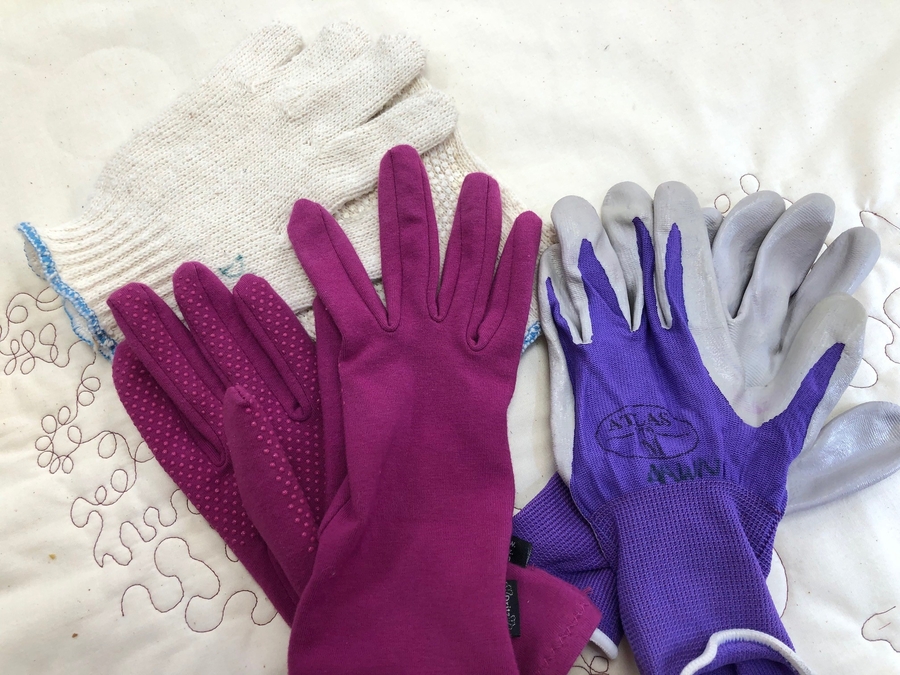
If you like your fingers to be free, you may have better success with specialized quilting hoops or paddles that grip the quilt sandwich. Several different manufacturers make machine quilting hoops; the one pictured below by Martelli features handles on each side of the hoop to improve your control. In addition, a small portion of the hoop is recessed (see the front of the hoop) so that you can slide it under the hopping foot. However, depending on your quilt and batting thickness, you may need to remove either the quilt or the foot to slide the hoop under the foot and around the needle.
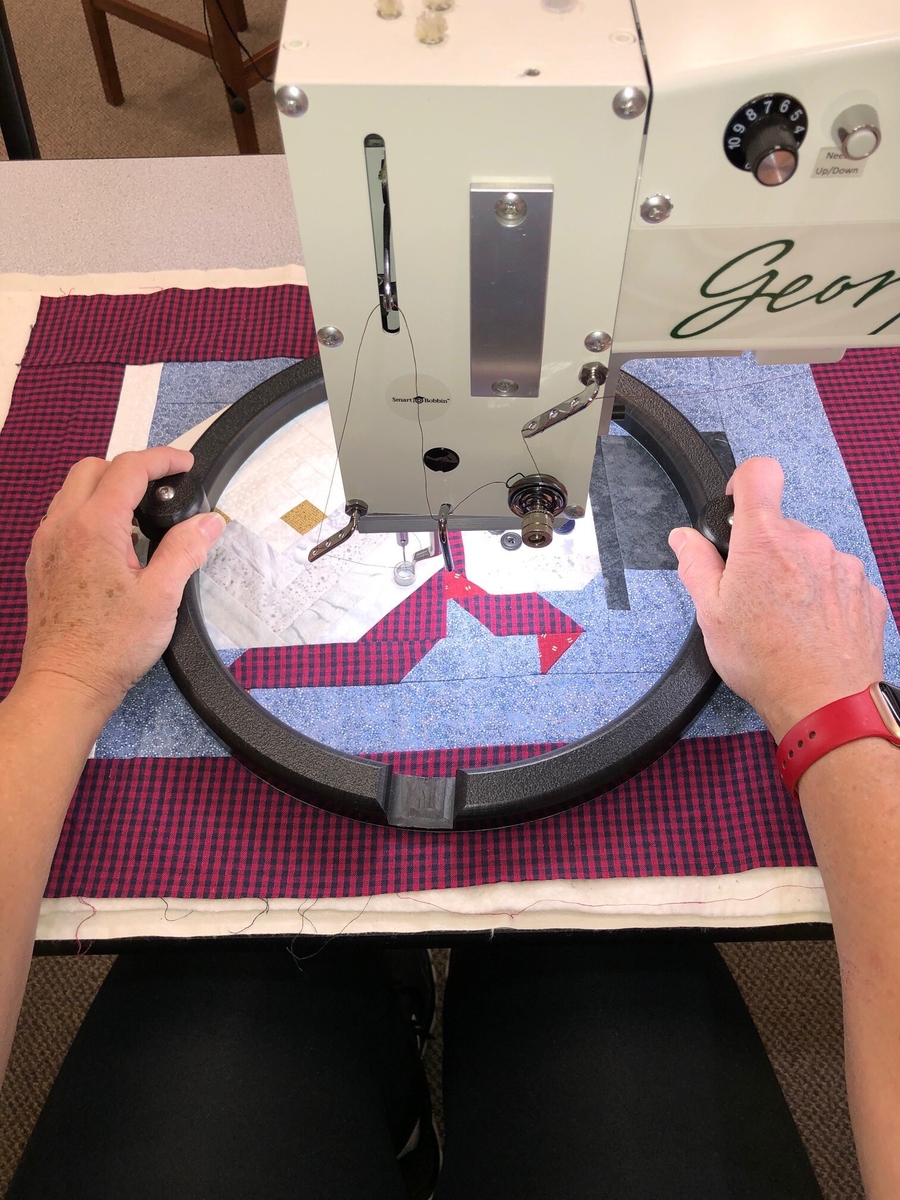
“Fabulous Glide Hoops” by the Gypsy Quilter resemble a horseshoe shape and have a larger opening on one side to slide it around the needle. These also feature raised handles to prevent hand fatigue and use a gripping surface on the bottom to help move the quilt.
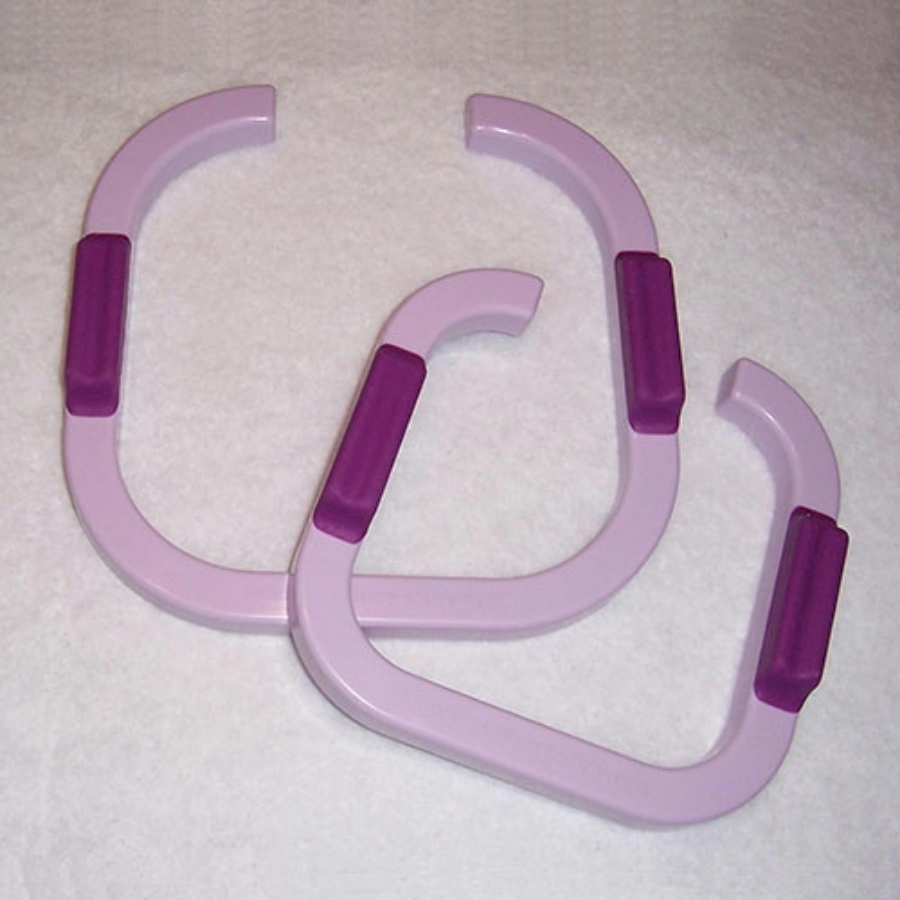
If you’re quilting large spaces over your quilt top, a hoop can sometimes impede the fluidity needed to keep designs smooth since you must frequently reposition it. Instead, you may like “quilt paddles” or pads better. “Grip & Stitch” pads include one larger and one smaller disk—the idea is to use the smaller disk in your right hand where it will presumably travel inside smaller machine throats better. (Luckily with George, you’ve got plenty of room!)
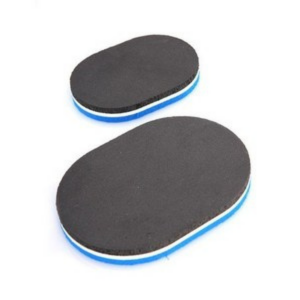
Martelli makes two different styles of quilt paddles—one set fits into the palm of your hand like a deck of cards, which allows you to let your fingers hang over the edge for more control. The underside is covered with non-slip material. Their larger paddles are contoured and include a handle for easy repositioning.
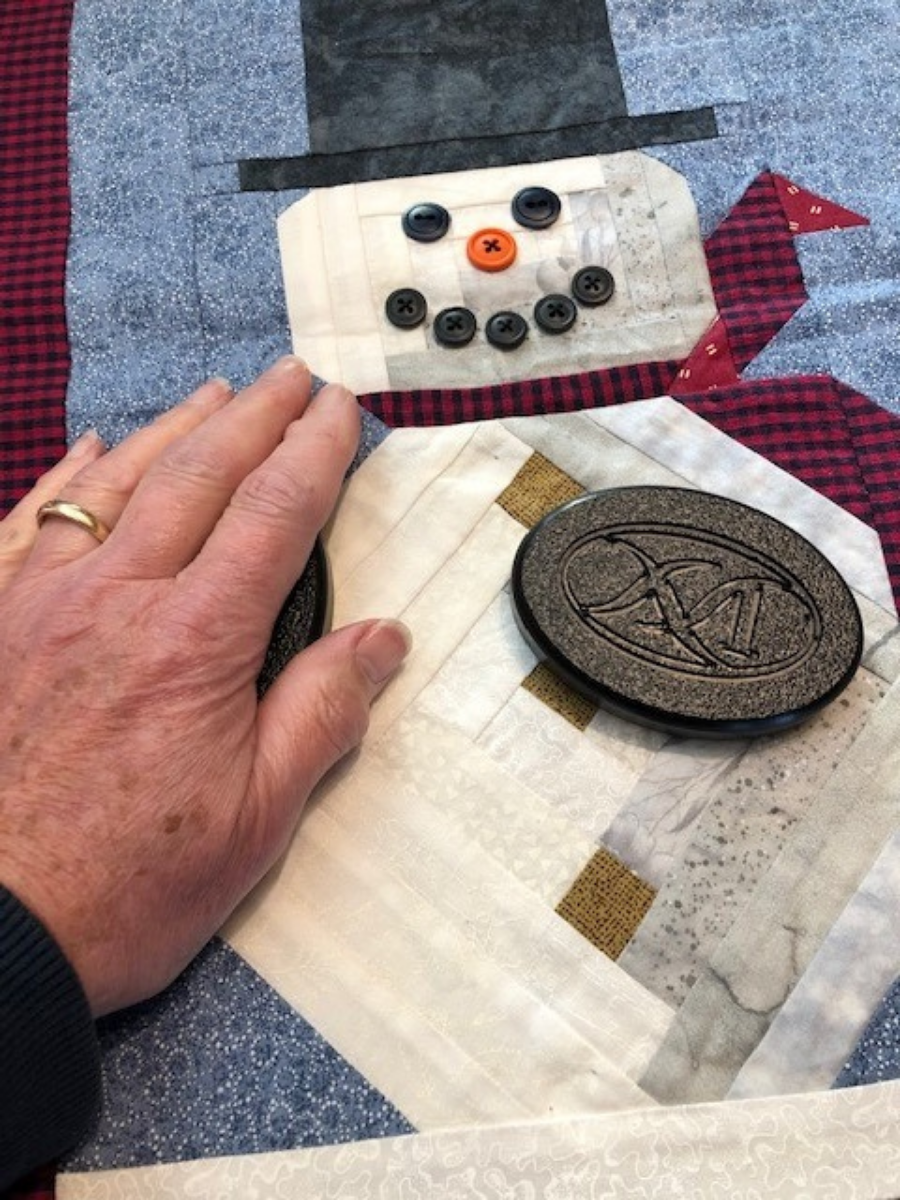
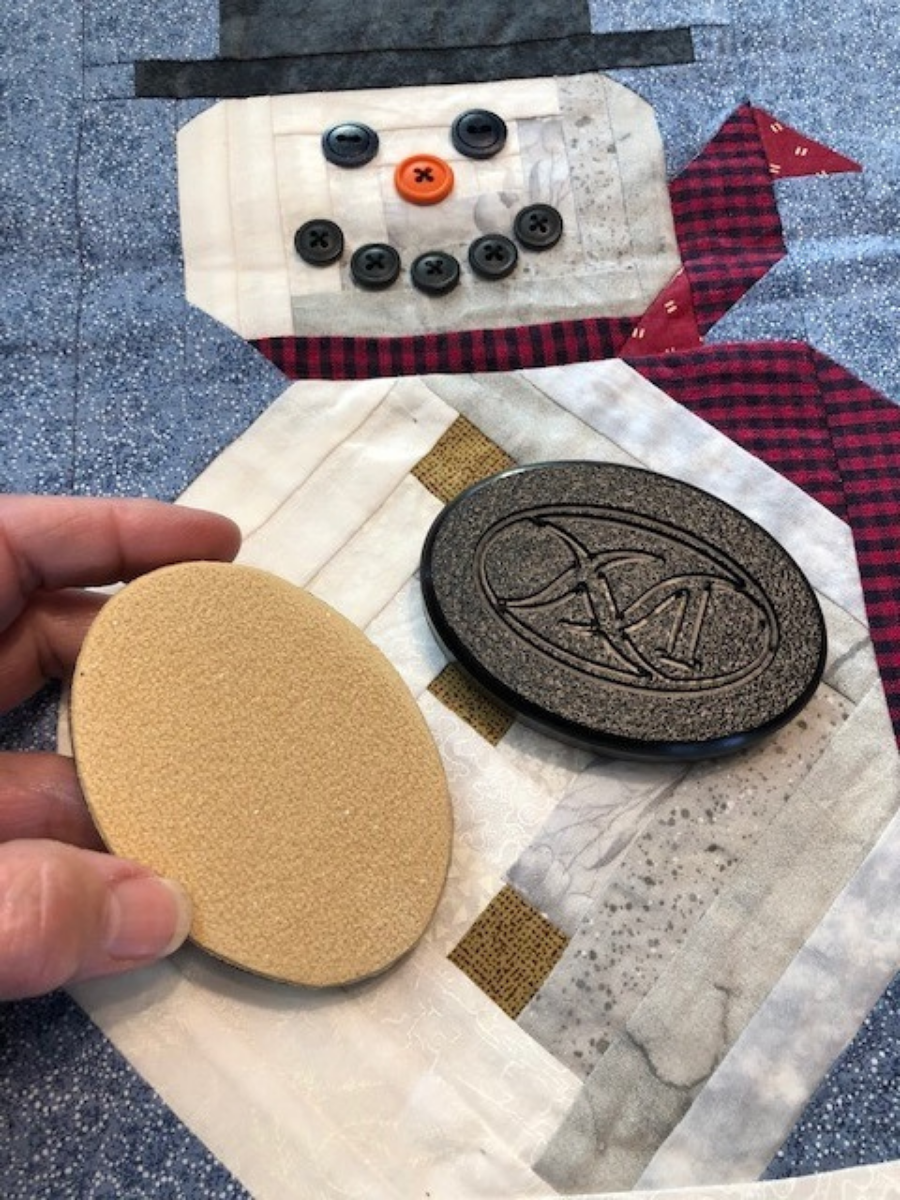
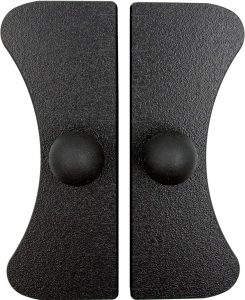
Okay, so the quilt is layered, you’ve got your gloves, paddles or bare hands…what other tools can help you succeed? Something to make the quilt backing glide on the table!
You can add a “slider” Teflon sheet to the top of your table to help the quilt glide better. These come in different sizes and stay in place similarly to window cling material. Silicone spray is another option. It’s widely used in liquid form to lubricate unruly thread, but it’s also available as an aerosol. Just spray the top of your George table, give it a quick polish and your quilt will glide with ease!
![]()
Now it’s time to quilt! Free motion is fantastic but quilting straight lines without a guide is challenging. You’ll find all sorts of longarm rulers on the market—and you can use them with George! Simply add the tall ruler foot (available alone or in kit form with other accessory feet from our online store) and you’ll be amazed at how accurately you can stitch in the ditch or cross hatch.
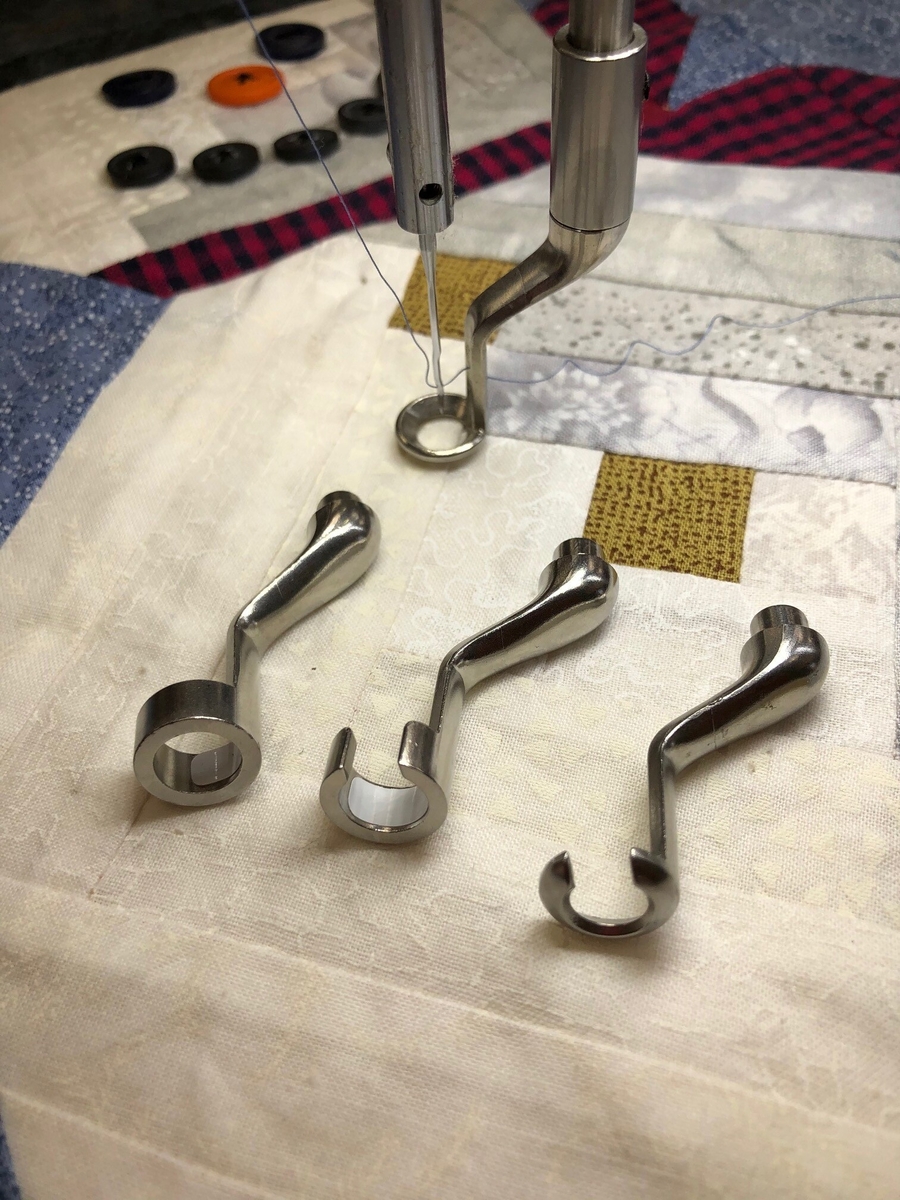
You’ll need one more tool to make using rulers a breeze. Add some ruler grips to the underside of your longarm rulers so that it’s easier to slide the ruler and the quilt together as a unit. These “True Grips” are one example, but you’ll find lots of options in your local quilt shop.
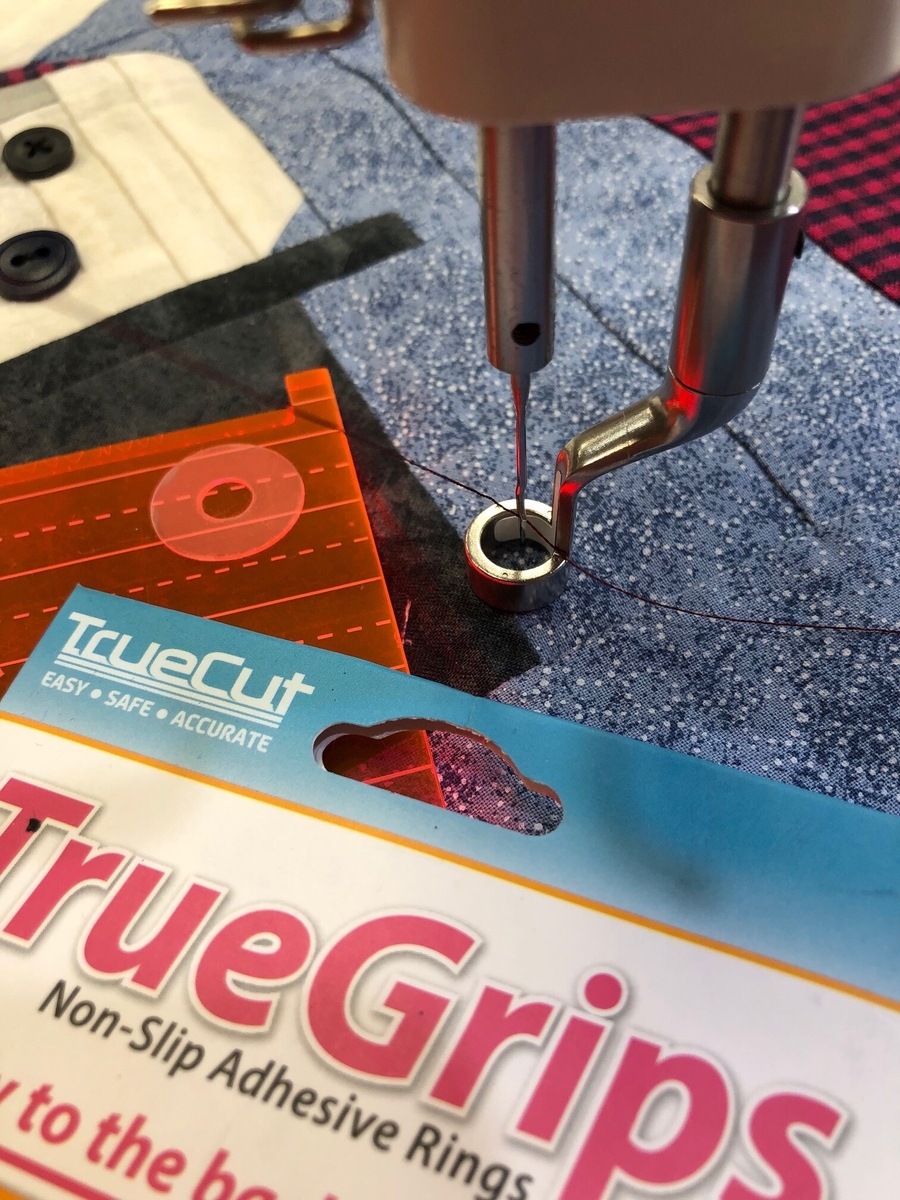
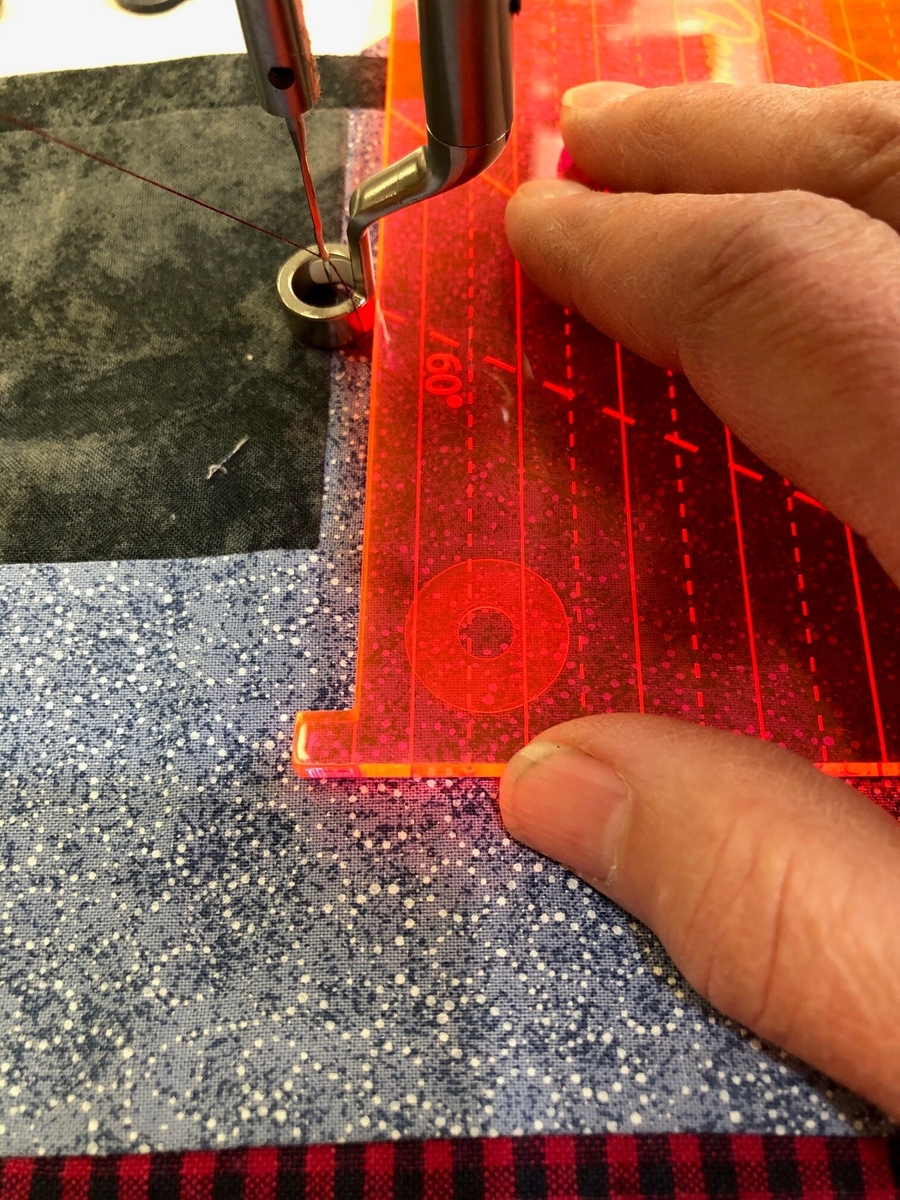
New gadgets keep popping up all the time to make quilting easier. But one thing’s for certain if you buy an APQS George—with a lifetime warranty, it’s one thing you won’t have to keep searching for to find quilting happiness!



